
Museum of Australian Aeromodelling First | Previous | Next Updated August 7, 2003
Returning from their tertiary education in Europe, the Duigan brothers John and Reginald of Terang (near Hamilton, Victoria, Australia), brought back what is argueably the first 'recreational' model aeroplane seen in this country.
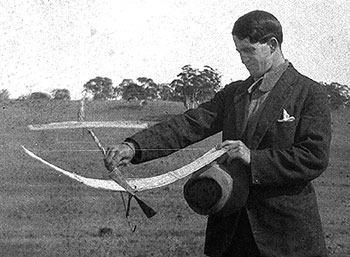 Reginald Duigan's Tractor model of 1909 Duigan Family Archives
The story behind the model
The story behind the model was recounted in a lecture by Terry (son of Reginald) to the Royal Aeronautical society on June 21, 1962  Source : Gary Sunderland. Download a 2x enlargement
The story behind the photo Like many aspiring aviators they gained some insights and understanding of the physics of flight through experimentation with recreational and engineering type models. The negative of this image was located in the archives of Reg's son Terry Duigan and loaned to the authors by Terry's wife Gwynne. No positive print record was known to exist and in fact the family were unsure of the content or significance of the 'little negative in the white envelope'. On closer physical examination of the small 4 cm square film negative, finger prints could be clearly seen embossed into the surface, most probably made during the development stage when the emulsion was still wet and soft. We knew from other family records that Reg developed and processed the family photographs and the finger print was more than likely that of Reg. When the negative was computer scanned to create a positive image, we were easily able to identify the person as Reg Duigan and from other photos of the same area, the location being the family property at Spring Plains. The approximate age of Reg could be deduced from a comparison of other images of him from in the family archives and from the date in which he returned to Australia after studying overseas.
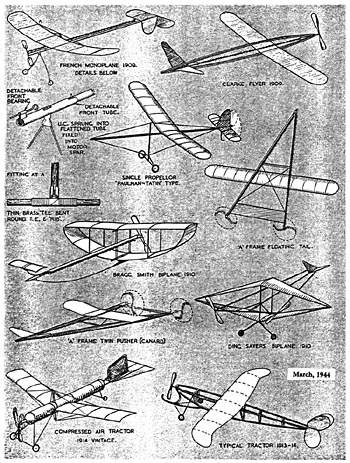 Comparison of early aeroplane models 1909-1914 Smeed, V. Aeromodelling : The First 50 Years download a 1000pixel or 2000pixel image
Which brother owned or built the model and what is the origin of the design is unknown (to date, all efforts to trace the design have failed) but the authors surmise the model was most likely of European influence as Reg had studied at the Sorbonne and designs for the construction and flying of model aircraft were quite widely published in the popular press and aviation magazines of the period. Read more about Reg Duigan and the Duigan family Reconstructing the Duigan model aeroplane, 1909 Concept Design: John Bird
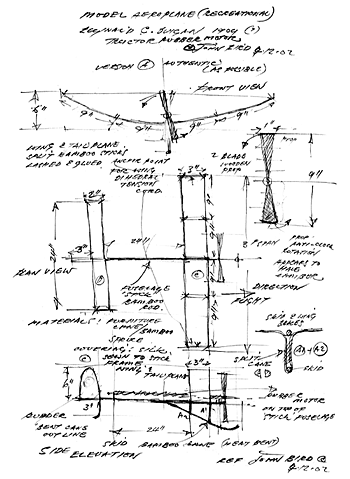 Prof. John Bird's sketch of the model
Modeller : Peter Mather
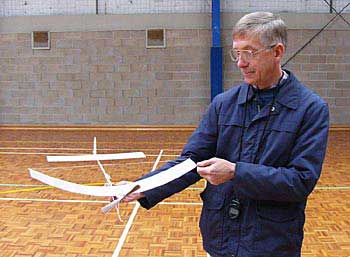 Peter Mather, electric 'Duigan Tractor of 1909'
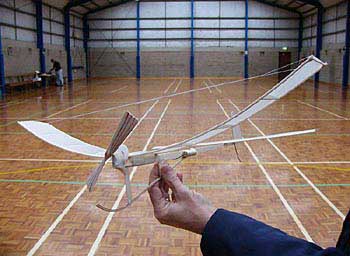 Peter Mather, electric 'Duigan Tractor of 1909' download a 1500pixel image
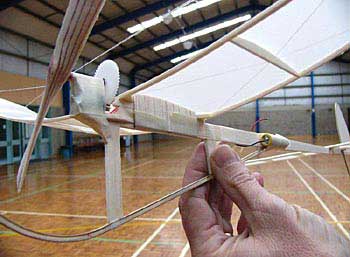 Peter Mather, electric 'Duigan Tractor of 1909' download a 1500pixel image
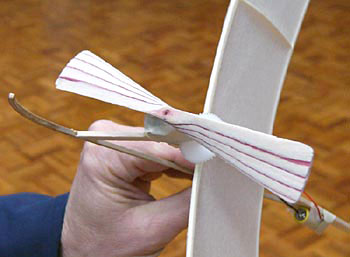 Peter Mather, electric 'Duigan Tractor of 1909'
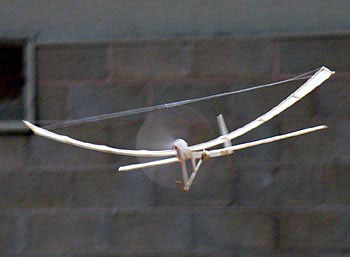 Peter Mather, electric 'Duigan Tractor of 1909'
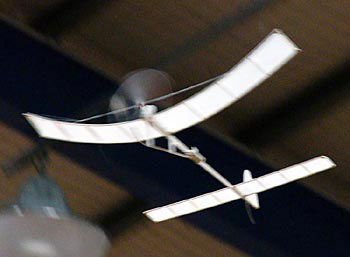 Peter Mather, electric 'Duigan Tractor of 1909'
Modeller : Gary Sunderland
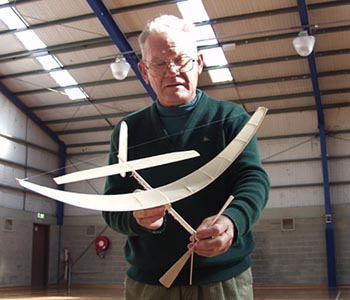 Gary Sunderland, draft reconstruction, May, 2003
Note that this was to test an number of design elements and not intended to be a true 'replica'. This will be created after testing is completed. The true 'replica' will be 1:1 scale (this is a smaller version to test indoors), move the rubber motor to above the wing and subsequently allow a truer skid assembly.
 Gary Sunderland, draft reconstruction, May, 2003
About the Museum of Australian Aeromodelling The Museum of Australian Aeromodelling is a 'virtual' on-line exhibition published on the Internet as a subsite of the Monash University, Lawrence Hargrave website Statistics show that as part of the 'Hargrave' site, the museum has a potential audience of some 500,000 visitors a year and that this may well rise to 1 million by the end of 2003. In the the jargon of the World Wide Web, the site receives annually some 5 ->10 million so called 'hits' Submission of items for the Museum The Museum will formally be opened for visitors on January 1, 2003 (The Centennial of Flight). This allows us time to gather together a collection worthy of international publication. If you have a model (or models) which you consider is/are of historic significance and worthy of inclusion in the museum, please contact the curators by email providing a brief description of the model(s) or object(s) and 100 -200 words or about its/their place in Australian Aeromodelling history. If the curators consider the item(s) suitable for display, you will be provided with a more detailed outline of the format in which the items should be submitted. Submissions for inclusion must be in a digital format (computer data files suitable for emailing) and by sending this information, the contributor grants permission for the item(s) to be placed on public exhibition in the 'virtual' museum. If your submission(s) are model(s) or object(s), please photograph them with a digital camera, or use a traditional film camera and scan the prints. Most local photo outlets offer scanning facilities at reasonable prices. If your submission(s) are flat objects eg: photographs, newsprint etc, use a flatbed scanner to create the data file(s). Convert any printed text to a word processor file using OCR software (Optical Character Recognition) often 'bundled' with the scanner's operational software. The curators will design the exhibition/presentation and the person(s) who have donated the resource material will be given a final approval viewing of their exhibit before it is seen in public.
|
© Copyright 1999-2005 CTIE - All Rights Reserved - Caution |